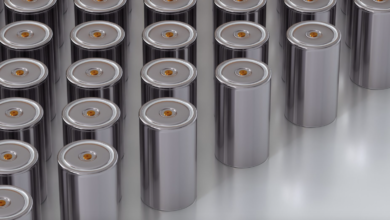4 ways to protect the Electric vehicles from the heat
Protecting the electric car from heat (as well as cold) improves autonomy and performance
With the hottest July ever and an August that in many parts of Italy will not be outdone, we must take the necessary countermeasures. Although new cars have the ability to withstand high temperatures, for electric vehicles it is a little different. Protecting the electric car from heat, as well as from frost, helps it to maintain its performance and not to lose autonomy.
Electric vehicles are equipped with lithium-ion batteries that tend not to respond positively to extreme temperatures. Electric vehicle batteries work most effectively at temperatures of 20 – 25 ºC. At higher temperatures they can overheat, especially if you are driving at high speeds for long distances.
Do not charge all battery
Keeping a charged battery between 20 and 80% can help extend its service life. Keeping your car parked with a higher charge level for extended periods of time can degrade it more quickly. Even driving long distances at 35 ºC with the air conditioning on can have an effect. It can even reduce range by 17%.
Park in the shade
It seems trivial, but the simplest solutions are also the most effective. According to a US study, parking in the sun can overheat an electric car of about 6.7°C (12°F). Leaving it in the shade, however, keeps the battery at room temperature, or even cooler.
read also Electric cars in the EU, for the 1st time EVs beat diesel
Limiting the use of fast charging
Fast charging also plays against the autonomy of the car. In fact, it is a system that produces high temperatures and tests the batteries. If possible, especially in high temperature conditions, it is better to avoid frequent use of this charging mode. That means resorting to that domestic or workplace.
Cover the car with the thermal blanket
Innovation may soon have a response to protect the Electric vehicles from the heat. A group of materials scientists at Shanghai Jiao Tong University have designed a thermal blanket for electric cars that can be used in any season. The coat cools the vehicle at 8°C during the day, while it can heat it by almost 7°C at night. There’s a problem: it’s not on the market yet.






